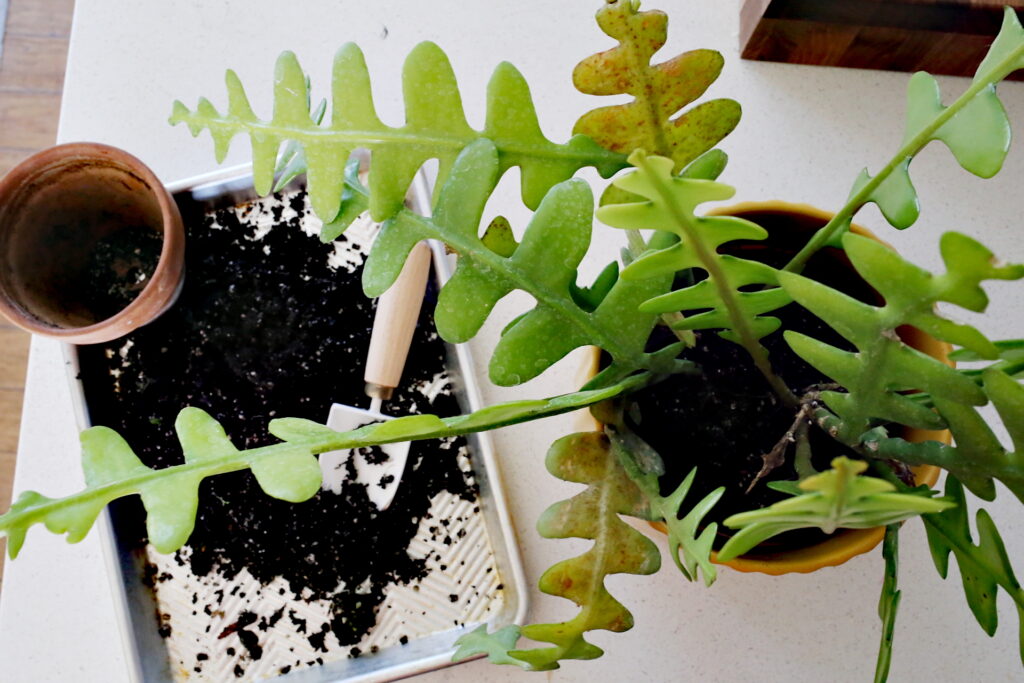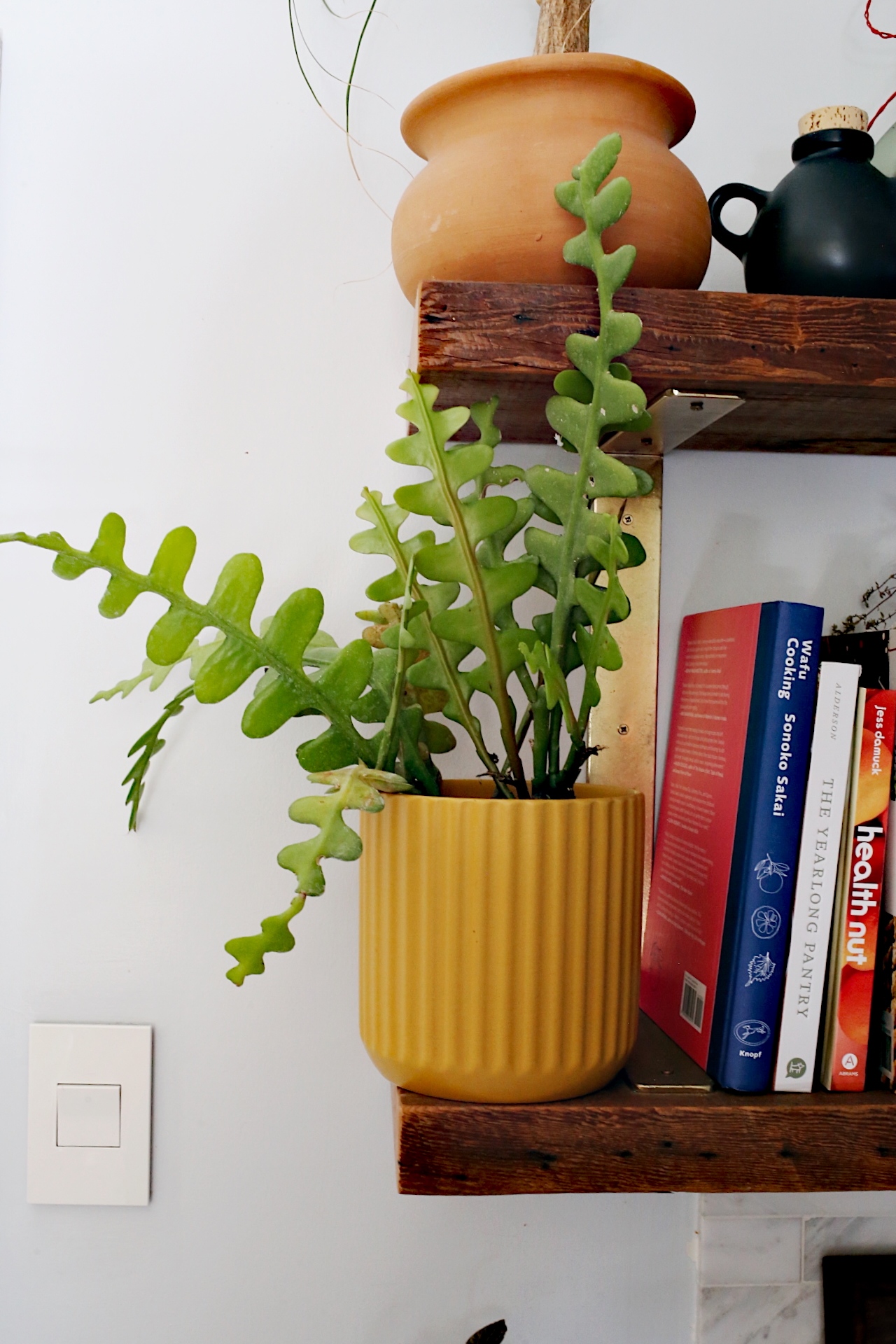
This Is The Next Big Thing in Houseplants (But It’s Extremely Hard to Find)
Move over Monstera, our eyes are set on a quirky yet cute cactus.

The snake plant might have been named the plant of the year and your social media feeds might be flooded with the resurgence of the massive Monstera, but there’s a more exotic botanical taking the indoor gardening world by storm, specifically those looking to add some architectural plant interest to their interior design.
Meet the fishbone cactus (Disocactus anguliger), also known as the “ric rac” and “zigzag” cactus, our 2025 houseplant obsession. With its bold zig-zag stems, low-maintenance care, and showstopping blooms, this desert native is starting to get a spotlight it deserves. We’re diving into everything you need to know about this quirky cactus, from its care tips and styling secrets to easy propagation advice that’ll help you share the plant love. Whether you’re a seasoned plant parent or a newcomer, read on to learn how to make yours flourish in style. Only catch? You’re going to have to actually find one first—and we’ll tell you how.

Kristin Guy
What Is the Fishbone Cactus?
Native to the mountainous regions of Mexico, the fishbone cactus thrives in desert conditions, making it a perfect candidate for easy indoor care. Its signature zigzag stems, reminiscent of a fish’s skeleton, create a bold, sculptural statement, and when blooming, unfurls vibrant white or pink flowers that release a delicate, sweet fragrance. Its low-maintenance nature makes it an ideal choice, requiring minimal watering and essentially thriving on neglect. While it’s still a bit elusive at local nurseries, its scarcity only adds to its allure.

Kristin Guy
How to Care for the Fishbone Cactus
Caring for a fishbone cactus is as low-maintenance as it gets, making it a favorite for busy plant parents. This quirky beauty thrives in bright, indirect light but can handle a bit of direct sun—just be cautious not to scorch its delicate zigzag stems. Like most cacti, it prefers its soil to dry out between waterings, so resist the urge to overwater; offering a thorough soak when the top few inches of soil are dry. Pair it with a well-draining cactus mix and a pot with drainage holes to avoid the dreaded root rot.
To encourage those stunning blooms, give your fishbone cactus a little chill time during winter and early spring, keeping it in cooler temperatures between 52°F and 57°F. Once late spring rolls around, return to your regular care routine. For an extra boost, try feeding it a high-potassium tomato fertilizer in the summer—it might just reward you with vibrant flowers later in the season.
To propagate, simply cut a healthy 3-4 inch segment, let it callous for a day or two, then plant it in well-draining soil, keeping it lightly moist until new growth appears.

Kristin Guy
How to Style a Fishbone Cactus at Home
More than just a houseplant—it’s a conversation starter! Its cascading, zigzagging stems lend themselves beautifully for hanging baskets, perched on a high shelf, or even stealing the spotlight as a pedestal plant where it can trail dramatically and add visual interest to any room. For even bigger impact, place it in a decorative pot with bold patterns or textures that accentuate its sculptural form. Whether you choose a minimalist neutral-toned pot to let its unique shape shine or opt for rustic terracotta to evoke a desert vibe, this cactus will elevate your space with its natural charm and architectural vibes.

Kristin Guy
Where to Buy Fishbone Cactus
If you’re ready to add the fishbone cactus to your collection, start by reaching out to specialty plant shops or desert plant nurseries, where unique finds like this are often stocked. Many locally owned garden centers are happy to make special orders for their customers, so don’t hesitate to ask. Patience is key, most sellers only offer 6-inch pots, which might seem petite, but in time your plant will grow to stunning sizes. Social media or local plant swaps are also great places to discover small-scale sellers who specialize in rare and exotic plants. By supporting these small businesses, you’ll not only score a stunning specimen but also help foster a thriving community of plant enthusiasts.
Happy hunting, plant peeps!
